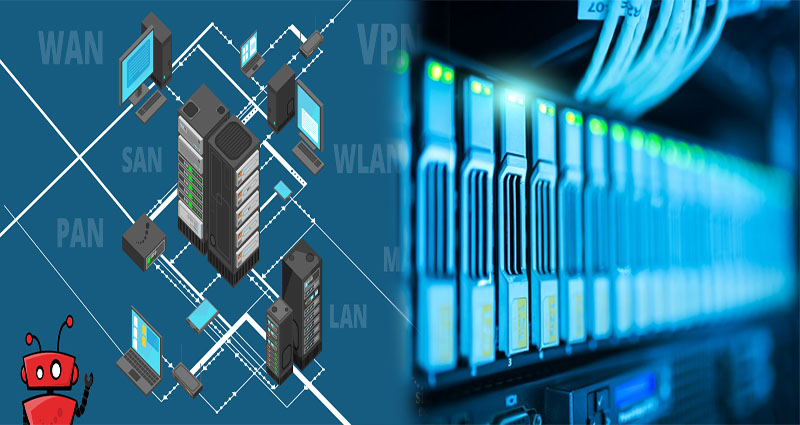There are various types of network communication. Here we’ll discuss LAN, MAN, PAN, and WAN. Each type has their advantages and disadvantages. Learn about them and how they affect your business. Once you know the differences between them, you can design your own communication system. LAN is the most common type of network. It allows you to share files and information between locations.
LAN
A LAN is a system that provides computer communication across a local area network. LANs are generally made up of cables and connect to a router or cable modem. They also may include network devices. Various LAN network communication types are available, such as twisted pair Ethernet, token ring, and fiber-optic cable. Each system on the LAN is assigned a 48-bit address, which is transmitted each time it transmits data. The entire network receives all messages, even if several systems are transmitting at the same time. If a system detects a simultaneous transmission, it delays the transmission by a random interval, which reduces the chance of collision.
LANs are characterized by fast data transmission, low-cost hardware, and smaller geographic area. They are often used in private buildings and can be used in office buildings, hospitals, and homes. They use twisted-pair and coaxial cables as the communication medium, and they cover short distances.
MAN
A Metropolitan Area Network (MAN) is a type of network communication that spans a city or metropolitan region. This type of network is larger than a LAN but smaller than a wide area network. It is also more expensive and requires several organizations to operate. These networks can cover large areas and can be used for business and personal use.
MANs can span a radius of 10 to 50 kilometers and are ideal for building networks between two factories, agencies, or other places that share resources. The MAN infrastructure is typically owned by a service provider or user group, and the network operator offers performance assurances and service to the customers. MANs are high-speed networks that allow for regional resources to be shared over a large distance.
PAN
PAN is a network communication type that consists of several devices connected to each other. These devices are used for different purposes and measure various things. These devices can communicate with other devices like smartphones and smartwatches. The fitness industry has developed a standard for this type of communication. The advantage of this standard is that it is very simple to set up and maintain.
A PAN network may be wireless or constructed with cables. The latter often uses Bluetooth and infrared connections. Some PANs may also consist of small wearable devices and embedded devices. Depending on the type, these devices can communicate with each other by detecting each other nearby. This feature makes them useful for tracking the health of patients and passing on the data to their doctors.
WAN
A WAN is a network that connects multiple computers, devices, and other entities. Wide area networks are useful for businesses and organizations that need to communicate between offices in various locations. They also help organizations share information and collaborate with their partners and customers. They also provide a critical service to the public. For example, students at a university can use a WAN to access library databases. Similarly, people use WANs to communicate, bank, and shop.
WAN architectures may be built with different technologies. One of the most common WAN types is mesh architecture, which consists of multiple physical connections. A mesh network architecture uses connecting media such as traditional MPLS lines, fiber optic cables, and cellular spectrum to provide high-speed connectivity. Generally, a complex enterprise WAN architecture uses a combination of these media to provide connectivity. For example, MPLS lines are suited for LAN environments, while 4G enables high-speed connections in remote locations. Other technologies, such as satellite connectivity, are better suited for security-sensitive applications.
Vertical Network
Vertical network communication is a type of communication in which information flows from one person to another. Information can be passed up and down through conversations, emails, and phone calls. It consists of various kinds of information, including decisions, instructions, and feedback. This type of communication is often used to enforce rules and regulations in an organization.
This type of communication allows employees to receive and send feedback without having to go through the entire organization. The flow of information in this type of system is continuous. It is most often established between employees at the same hierarchical level, such as superiors and subordinates.

